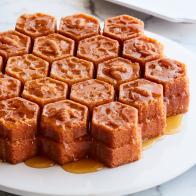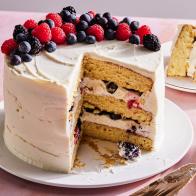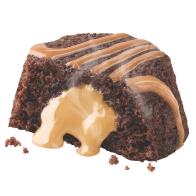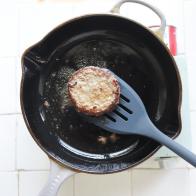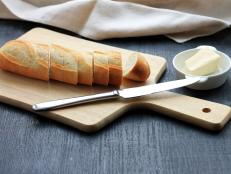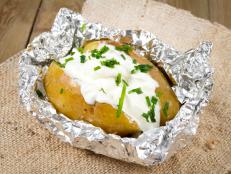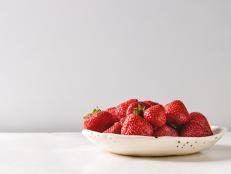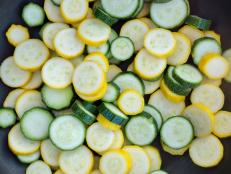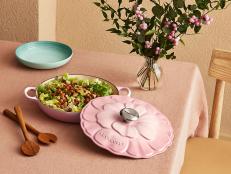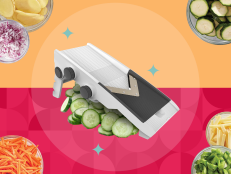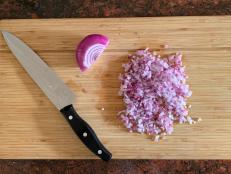What Is Self-Rising Flour? And How to Make Self-Rising Flour
Make your own self-rising flour with ingredients you may have in your pantry.

Yulia Naumenko / Getty Images
Self-rising flour is a staple in many recipes — particularly Southern recipes like biscuits, cobblers and more. It simplifies the baking process by including the leavener and salt right in with the flour, making it handy to have around when you’re running low on baking supplies (or time to assemble it all).
What Is Self-Rising Flour?
Many popular varieties of self-rising flour, like the ubiquitous White Lily brand, are made with bleached, low-protein soft wheat flour, which gives baked goods a super-light texture and tender crumb. In a pinch, however, all-purpose flour makes a fine substitute. It does not matter if it is bleached or unbleached. If you happen to have plain cake flour on hand as well, you can use a 50/50 mix of that and all-purpose for an even closer approximation.
How to Make Self-Rising Flour
Making self-rising flour at home is easy. Just use this basic formula: For every 1 cup of all-purpose flour, add 1 1/2 teaspoons baking powder and 1/4 teaspoon fine salt. Whisk the ingredients thoroughly in a large bowl or put them in a glass jar and shake well. Store your self-rising flour in an airtight container in the pantry. (Be sure to label it, so you know it contains a leavener.) Use within six months or the baking powder will start to lose its potency.
Recipes Using Self-Rising Flour
Two-Ingredient Pizza Dough
This beyond-simple dough requires no yeast and no rising time. Just measure, mix, knead and roll out.
Easy Peach Cobbler
For a taste of the South, bake Trisha Yearwood's Easy Peach Cobbler recipe from Trisha's Southern Kitchen on Food Network. Serve it topped with whipped cream.
Jalapeno-Cheddar Beer Bread
This no-fail, no-fuss recipe, uses just a few ingredients, requires no rising time and has tons of savory flavor.
Pineapple-Vanilla Skillet Cake
Keep your cake pan in the cupboard for this easy-to-make skillet dessert inspired by pineapple upside-down cake. Instead of inverting it onto a platter, enjoy it cake-side up and scoop it into bowls with vanilla (or cherry-vanilla!) ice cream.
Apple-Cheddar Waffles
We used self raising flour, which has both leavening and salt in it, as a shortcut ingredient to make these savory and fluffy waffles. A small bit of sugar in the batter doesn’t add detectable sweetness, but keeps the waffles moist and helps the exterior crisp up when cooking.
Breakfast Sausage Corn Dogs
Bring the carnival to brunch with these adorable, easy treats.
Related Links:
